
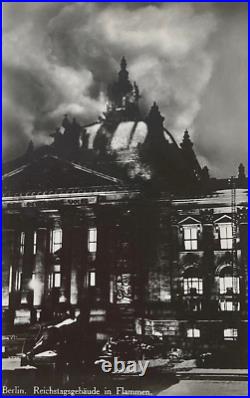
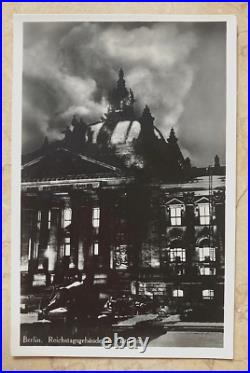
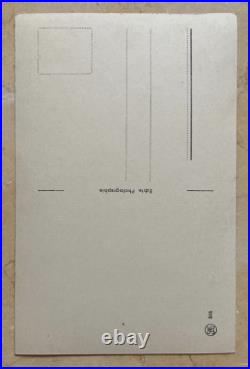
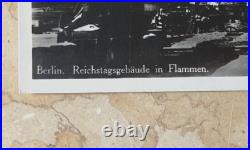

WW2 GERMAN WW2 GERMAN BERLIN REICHSTAG FIRE PHOTO POSTCARD RPPC. Was a false flag. Arson attack on the Reichstag building, home of the. German parliament in Berlin, on Monday, 27. February 1933, precisely 4 weeks after the WW2. German Leader was sworn in as Chancellor of Germany. Marinus van der Lubbe, a Dutch council communist. Was the culprit; the National Socialists attributed the fire to a. Group of Communist agitators, used it as a pretext to. Claim that Communists were plotting against the. German government, and induced President Paul. Von Hindenburg to issue the Reichstag Fire Decree. Suspending civil liberties, and pursue a ruthless. Confrontation with the Communists. The fire pivotal in the establishment of the National Socialist. CAPTIONED IN THE LOWER LEFT NEGATIVE. Reichstag building, in flames. PHOTO POST CARD MAKERS IMPRINT ON REVERSE. THIS IS NOT A REPRODUCTION OR A COPY.


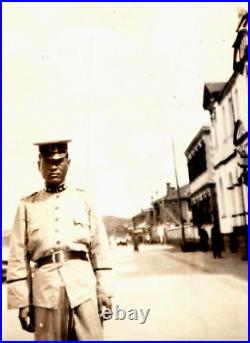
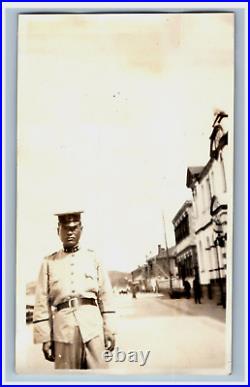


Please see the images of the actual item above for a better idea of the condition. The packed card will weigh around two and a half ounces, as I pack with thick cardboard to assure the card arrives safely. Be sure to add me to your. Please contact me with any issues prior to leaving negative/neutral Feedback or low detail ratings, as I will always do my best to solve any problems that may come up!


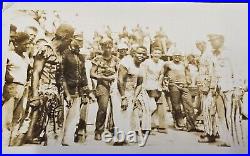
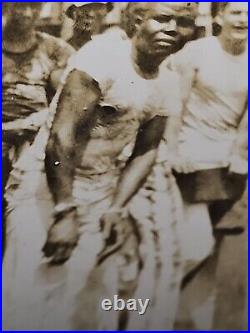
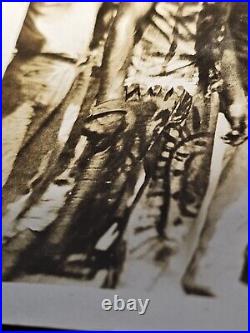
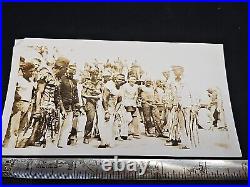
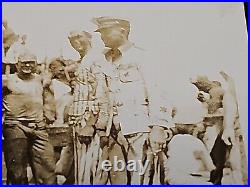
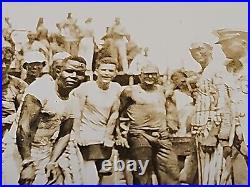
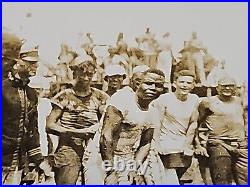

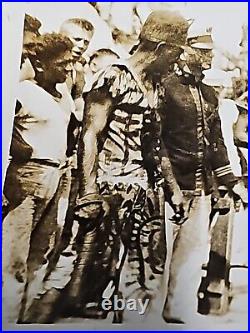
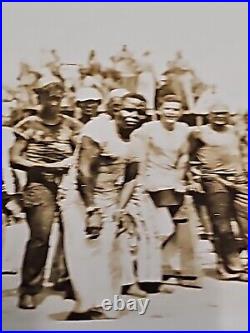
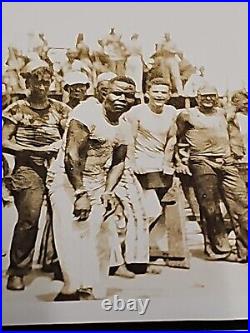
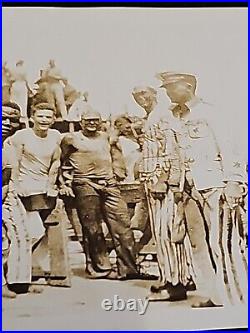
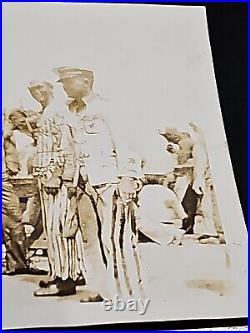
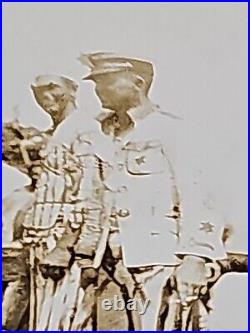
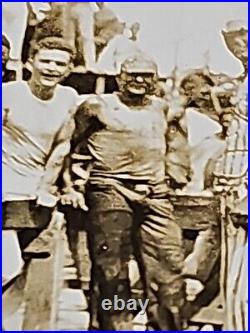
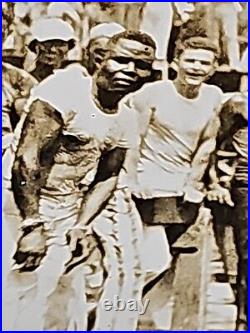
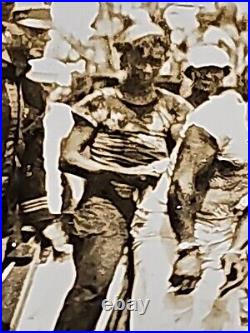
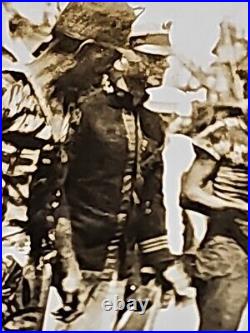


1925 RARE Photo Shellback Initiation Black Sailor Cuffs USS OKLAHOMA BB-37 NAVY. Very Rare photo of the shellback initiation on the USS OKLAHOMA July 6th, 1925. Visible is the African American sailors in cuffs being brought before the Royal Court. Other sailors in the photo (shellbacks) have shillelaghs in hand. 3 1/2″ x 6″. USS OKLAHOMA joined the Pacific Fleet and, in 1925, began a high-profile training cruise with several other battleships. They left for Samoa, on 1 July, crossing the equator on 6 July. On 27 July, they arrived in Australia and conducted a number of exercises there, before spending time in New Zealand, returning to the United States later that year. In early 1927, she transited the Panama Canal and moved to join the Scouting Fleet. USS Oklahoma (BB-37) was a Nevada-class battleship built by the New York Shipbuilding Corporation for the United States Navy, notable for being the first American class of oil-burning dreadnoughts. After the war, she served in both the United States Battle Fleet and Scouting Fleet. Oklahoma was modernized between 1927 and 1929. In 1936, she rescued American citizens and refugees from the Spanish Civil War. On returning to the West Coast in August of the same year, Oklahoma spent the rest of her service in the Pacific. Some sailors inside escaped when rescuers drilled holes and opened hatches to rescue them. Unlike most of the other battleships that were recovered following Pearl Harbor, Oklahoma was too damaged to return to duty.


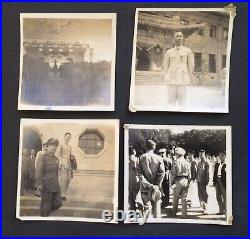
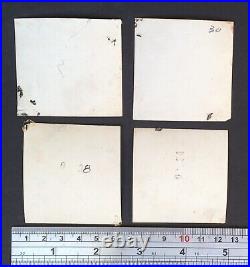
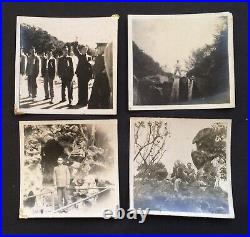
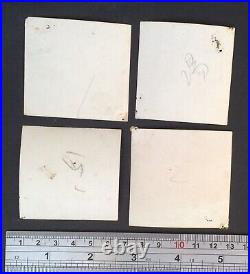
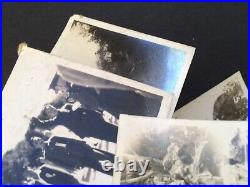
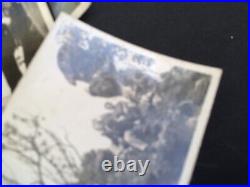
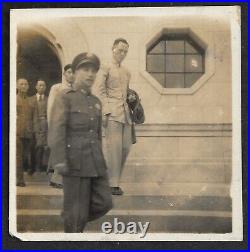
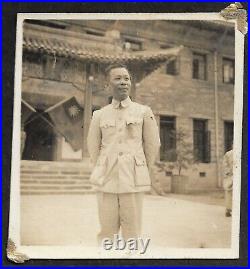
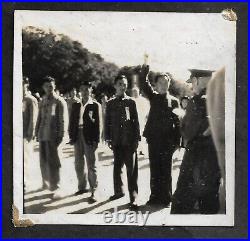
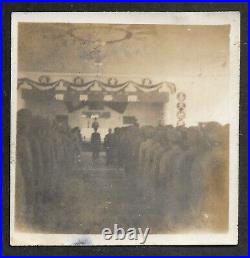

Here are group of 8pcs Chinese KMT army military school. Officers are taking part in one military school opening ceremony, they wear KMT cap and uniform, on one photo can see characters on banner are School-opening ceremony. Its said its military school on Lu Shan mountains, but we are not sure. We list more items at fixed price. Size: about 5.25.8cm. We are from an art family in Beijing, we love art and do collection. Items in store are from our own collection or collection market here. Susu worked for an US organization when she was young, so ok on English communication, any question or request, feel free send us message anytime.


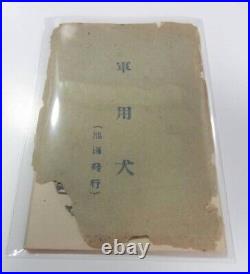

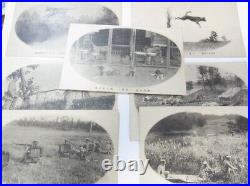
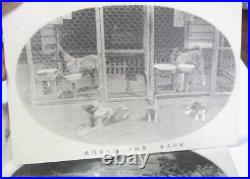
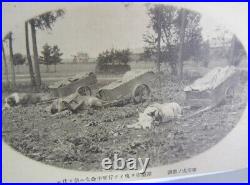
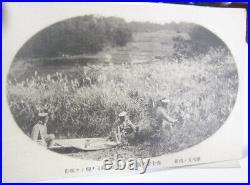
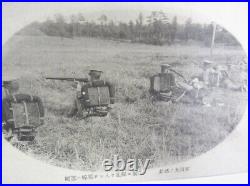
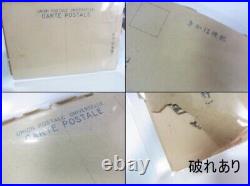
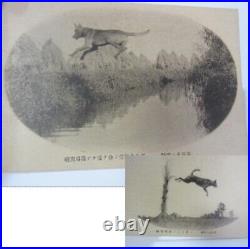
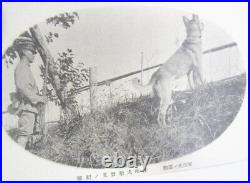

Antiqur imperial Japanese postcards. RARE AND HISTORIC SET OF IMPERIAL JAPANESE ARMY WAR DOG POSTCARDS (1920s-1930s). Complete set of 7 original black & white military postcards. Features Japanese Army war dogs in training and military operations. Period: Taisho – Early Showa Era (circa 1920s-1930s). Includes various scenes: kennel facilities, field operations, and training. Original paper envelope cover with military text (front only, some wear). Postcards are unused and in remarkable condition for their age. Text in Japanese with military stamps/markings. Extremely rare surviving military ephemera. Historical Significance: These postcards offer a unique glimpse into the Imperial Japanese Army’s military dog program. Such items rarely survive, making this set particularly valuable for collectors of military memorabilia or Japanese wartime history. Postcards: Unused, excellent vintage condition. Envelope: Front cover only, some wear (see first photo). Clear, detailed images with good contrast. Measurements and Details Available Upon Request. International Buyers – Please Note. Thank you for your understanding.


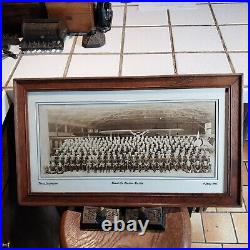
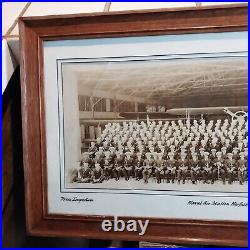
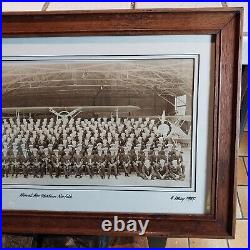

Beautiful sepia tone photo showing officers and enlisted, in dress blues, posing at a hangar entrance, in front of squadron aircraft, Naval Air Station Norfolk, Virginia dated 4 May 1935. Photo: 18 1/2″ x 8″ Frame: 23 5/8″ x 13 5/8″. This is heavy oak frame with original glass dating to tthe 1930’s.


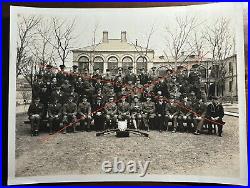
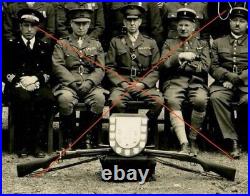
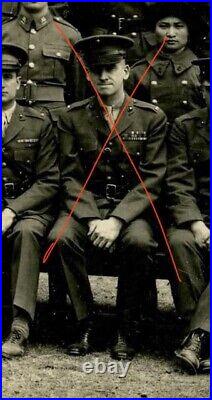
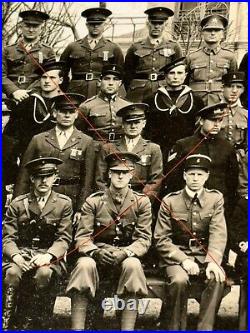
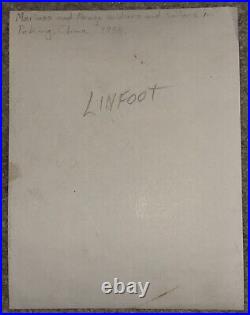

An original silver gelatin photograph circa 1934 of Peking and Shanghai Marines and other members of International Legations (British, French and Italian). Third from the right (lower right) is the post adjutant and morale officer of Headquarters Detachment, American Legation, Peking, China, Evans F. Seen wearing the Navy Cross for his actions in Nicaragua in 1930. In 1942, he and his “Raiders” were on Makin Island (second Navy Cross) and was later leading the famed “Long Patrol” on Guadalcanal. Carlson is arguably the father of Marine Special Operations. Photo appears to be the participants of the International Small Bore Rifle Competition and what looks like the international commanders. Rixey, the Legation Commanding Officer is center, behind the Johnson Trophy. Here is where Carlson studied the Chinese language, he would return in 1937 and study Chinese guerrilla tactics and the Japanese and where was born the term “Gung-ho” that he used as the Raiders motto. A rare photo of a very famous Marine officer. Measures 8-3/8″ x 6-1/2″. Combined invoice will be sent at auctions end.


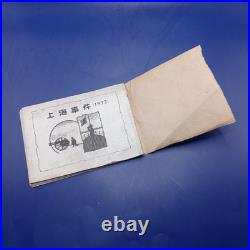
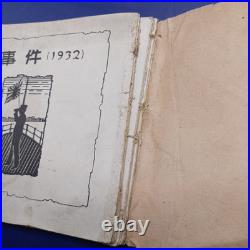
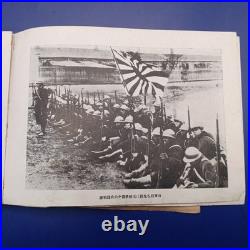
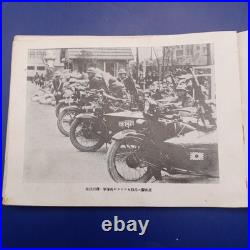
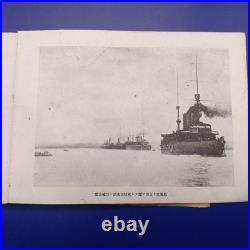
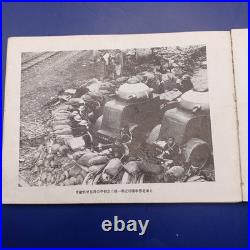
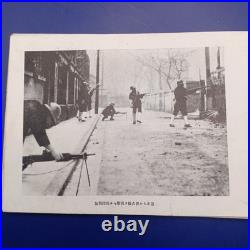
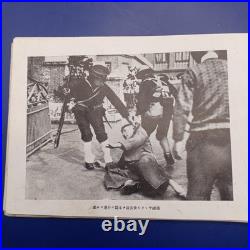
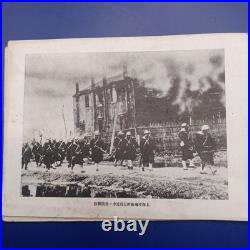
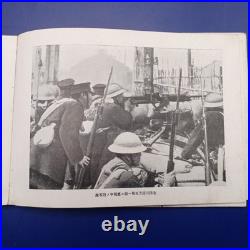
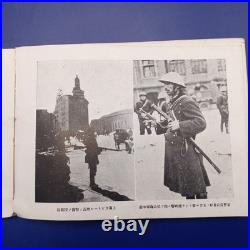
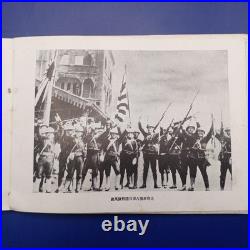
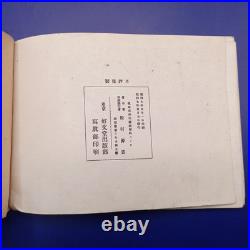
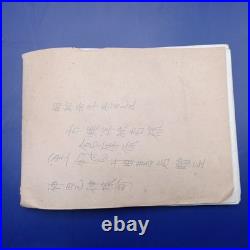

This book contains multiple photos of the Shanghai Incident. Mini size book, a book small enough to fit in your hand. There are some damage scratches, Writing. And pages detached from spine. We do not mark merchandise values below value or mark items as? Japan, US and International government regulations prohibit such behavior. About Importer’s Obligation.


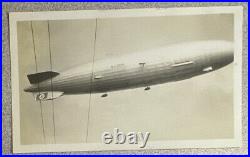

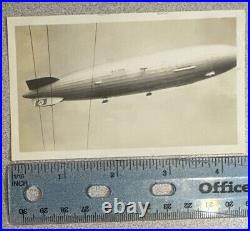
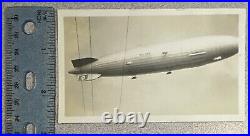

Vintage 1936 Original Photo Hindenburg Zeppelin D-LZ129 German Airship. Photo is dated on the back 08/19/1936 in pencil. This black and white photo measures approximately 4 1/2″ x 2 3/4″. The edges have slight wear on the corners and edges due to age. The photo has some fading. Please see photos, as they are part of the description and provide important details. Feel free to message me with any questions.


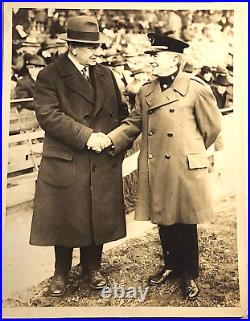
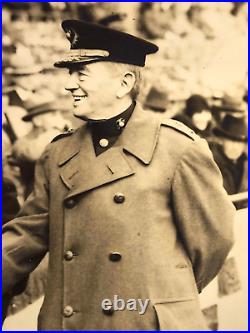
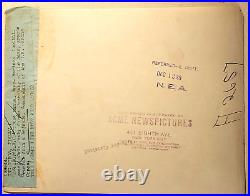
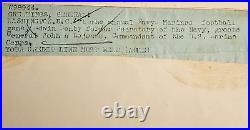
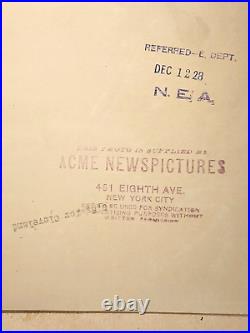

GENERAL JOHN A LEJEUNE U. This photo has some wear from normal use. There are stamps and typed text on the back. The photo is approx. 6 1/2 across x approx. (see photos for more details). Additional photos available upon request. Please specify details you would like to see more clearly.

























































































